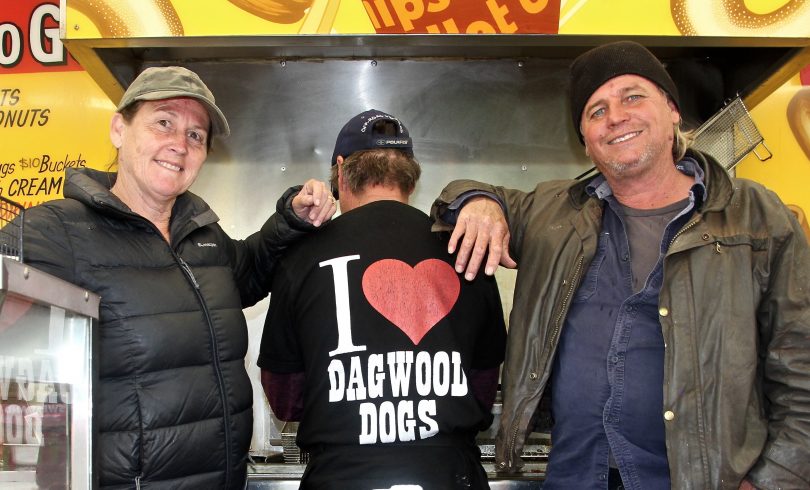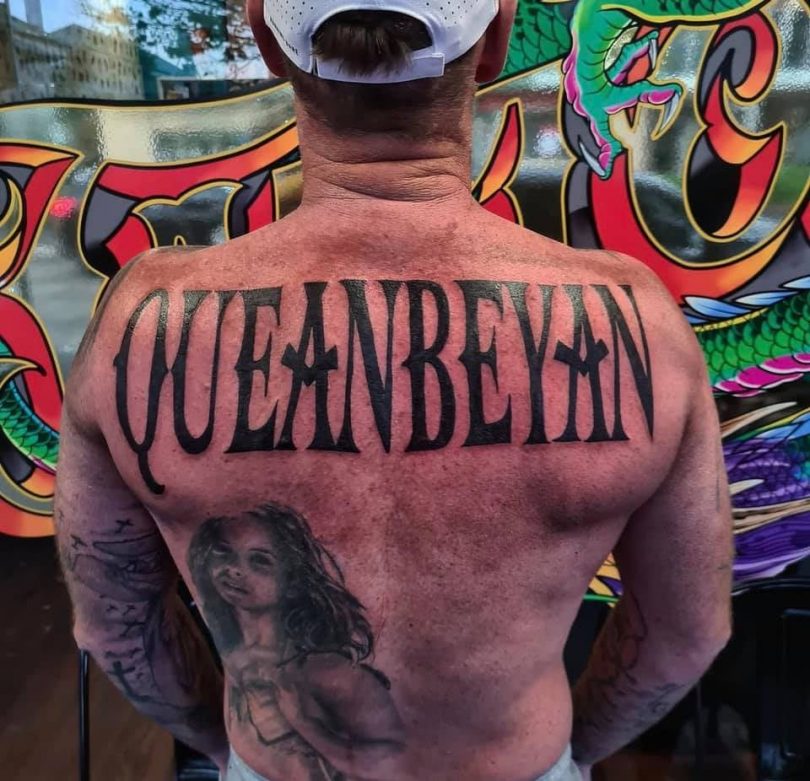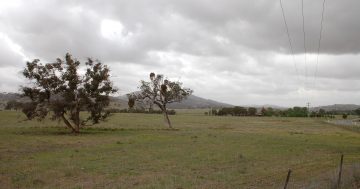
What’s your calling card for Queanbeyan, the town that promises country living and city benefits. Photo: File.
Queanbeyan has been called many things over the years, but when the ABC Canberra team lobbed into town on Tuesday (8 June) to feature the town’s many stories, a reporter referred to it as ‘Dreambeyan’.
While many may see the moniker as a step up from the oft-used Struggletown, Q-banger and Queanbeyhole, the reference has stirred debate about the town that claims “country living, city benefits” on its outskirts.
“Never heard of Dreambeyan, we affectionately say Quangers,” said one of more than 200 commenters on the Queanbeyan Community Noticeboard.
“It’s only ever been Struggletown. Lived here a long time. I do like Dreambeyan as it’s a really good town,” said another.
Officially, the city was founded in 1828 as a holding called Queen Bean, or Quinbean, a name phonetically derived from an Aboriginal word meaning “clear water”.
But today, you’re as likely to hear Queanbo, City of Champions, Queen bee Anne and even Hollywood.
There is no doubt the city, also known as the ‘gateway to the nation’s capital’ and the ‘spiritual home of the Canberra Raiders’, is undergoing a renaissance.
A vibrant $74 million civic and cultural precinct is on the way, along with a thriving arts and entertainment scene and heritage buildings getting a new lease on life as exhibition and community spaces.

Queanbeyanites Selina and Elwin Bell, who run Bell’s Amusements and Sean (who loves dagwood dogs) at the Queanbeyan Showground. Photo: Michael Weaver.
“There is nothing sterile or ‘cookie cutter’ about this city. There are beautiful areas as well as not-so-beautiful parts – which means there is great diversity,” said The Queanbeyan Hive director Helen Ferguson.
Author and social historian Nichole Overall said the town’s Riverside Cemetery was one of her favourite spots.
“Opened in 1846, it’s the oldest official public cemetery in our region. With its picturesque setting, it offers a physical chronicle of the regional journey following the arrival of Europeans in 1828. It also acts as a monument to our people, their challenges and progress,” she said.
Mathew Griffin, the publican at one of the town’s oldest pubs, Hotel Queanbeyan (much better known as the Toppy), highlighted the town’s rich sporting history.
“Queanbeyan is the original home of The Raiders, Formula One driver Mark Webber comes from here, as well as cricketer Brad Haddin, rugby union player Matt Giteau and a couple of Olympic gold medallists. This sporting heritage flows back into our junior sport, which has really strong participation rates,” he said.
Charlie Tizzard, a sixth-generation Queanbeyaner, started a media business seven years ago and said his hometown has everything he needs.
“My family are direct descendants of the ‘Father of Canberra’ and founder of the Queanbeyan Age, John Gale. My family has lived on the same land in Queanbeyan for more than a century and, while I’ve spent time in America and Europe and South East Asia, Queanbeyan has always been home,” Mr Tizzard said.

Scott Jeffery’s homage to his hometown of Queanbeyan. Photo: Deep Image Tattooing.
Region Media columnist Zoya Patel agrees Queanbeyan’s stigma as ‘Struggletown’ is undeserved.
“Queanbeyan has a vibrant multicultural community and generations of locals who have lived and loved in the town without giving a hoot what Canberra thought of them.”
Ms Patel asked and answered: “Is Queanbeyan no longer the poor cousin but the independent and flourishing sibling to Canberra?”
It sure is. And more.
So locals like Scott Jeffery won’t be rushing to have his now-famous tattoo of QUEANBEYAN across his back changed any time soon. And if you hear he is, they must be dreamin’.
Original Article published by Michael Weaver on The RiotACT.









